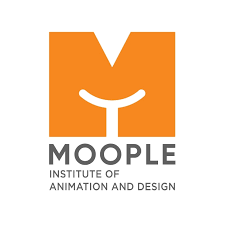In today’s digital age, the demand for skilled 3D animators continues to surge across various industries, from entertainment to advertising and gaming. The allure of bringing characters and worlds to life through animation is undeniable, but what exactly does it take to embark on this exciting career path? Join us as we delve into the essential training required to become a proficient 3D animator.
Understanding the Fundamentals
At the core of 3D animation lies a solid understanding of foundational principles such as anatomy, movement, and storytelling. Aspiring animators should familiarize themselves with the principles of animation pioneered by legends like Disney’s Nine Old Men. Concepts like squash and stretch, anticipation, and timing are fundamental building blocks that form the basis of captivating animation.
Mastering Industry-Standard Software
Proficiency in industry-standard software is non-negotiable for aspiring 3D animators. Programs like Autodesk Maya, Blender, and Cinema 4D are widely used in the industry and offer a plethora of tools and features tailored to animation workflows. Dedicate time to mastering these tools, from navigating the interface to understanding keyframe animation and rigging techniques.
Specialized Training in Animation Techniques
Beyond software proficiency, specialized training in animation techniques is essential for aspiring 3D animators. Courses and workshops focused on character animation, creature animation, and motion capture provide invaluable insights into bringing characters and creatures to life with personality and believability. Additionally, exploring niche areas such as facial animation and lip-syncing can further enhance your skill set and marketability as an animator. Enquire about the fees for these animation courses at Moople.
Building a Strong Portfolio
In the competitive landscape of 3D animation, a strong portfolio serves as your calling card to potential employers. Dedicate time to honing your craft and curating a diverse portfolio showcasing your range and versatility as an animator. Include a variety of projects, from character animations to motion graphics and visual effects, demonstrating your proficiency across different styles and genres. An institute for animation will train you how to build a strong portfolio.
Continuous Learning and Adaptation
The field of animation is ever-evolving, with new technologies and techniques constantly emerging. As such, a commitment to lifelong learning is crucial for staying relevant and competitive in the industry. Stay abreast of industry trends, attend workshops and conferences, and seek out mentorship opportunities to continue refining your skills and expanding your knowledge base with 3D animation training.
Conclusion
Embarking on a career as a 3D animator requires dedication, perseverance, and a commitment to continuous learning. By mastering the fundamentals, honing your skills in industry-standard software, and building a strong portfolio, you can position yourself for success in this dynamic and rewarding field. Remember, the journey to becoming a proficient 3D animator is as much about the process as it is about the destination. Embrace the challenges, stay curious, and let your creativity soar as you bring your imagination to life through the art of animation.

